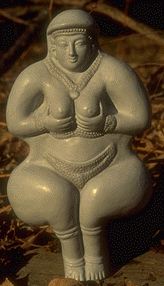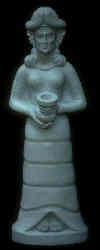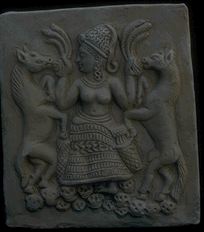









The House of Mary
The Ephesus Museum
Get your free home pageA Statue in a Museum from Ephesus
A Statue of Domitian
A View of a Grand Entrance
Another Structure that is being restored
A beautiful Piller still standing
What still stands of shop row
![]()